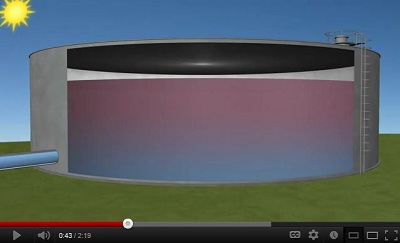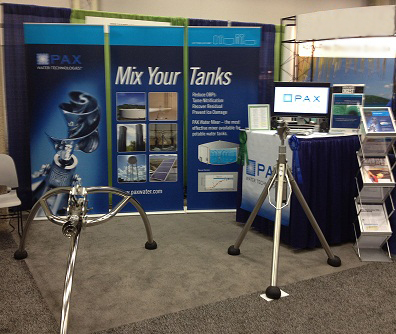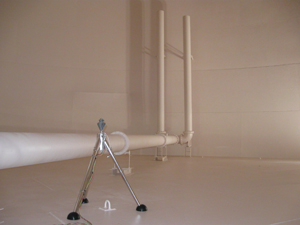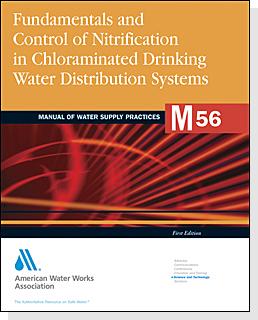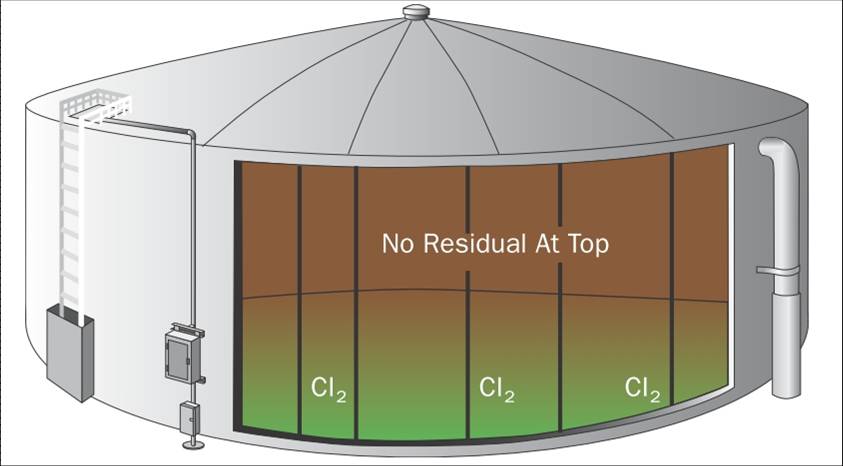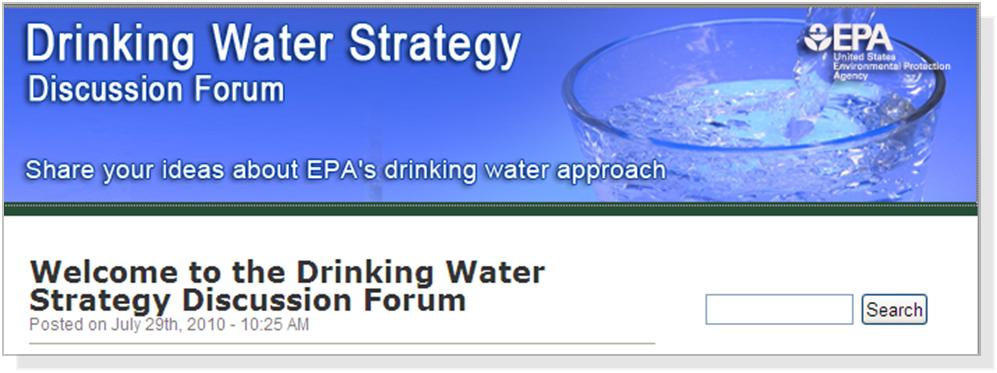Record-setting heat waves are sweeping the country this summer, placing higher-than-usual demand on water utilities. High water use by consumers typically translates into high turnover in water storage tanks, giving water less time to age and stagnate within the tank. However, areas with large capacity tanks or low summer demand can suffer from thermal stratification inside water storage tanks and serious water quality problems.
Read More
Topics:
active tank mixing,
eliminate stratification,
stratification,
low turnover
PAX Water Technologies had a great time in Dallas at ACE12 last week – our new THM Removal System (TRS) was featured at the New Product Technology Showcase and we fielded many great questions from ACE12 attendees at our booth. We always appreciate the opportunity to hear directly from operators and engineers about their water quality challenges.
Read More
Topics:
active tank mixing,
PAX Water Mixer,
mixer case studies,
ace 2012
The Stage 2 DBP rule is here and presenting tough choices for water system operators. Upgrades to the treatment plant are expensive and constrained by existing infrastructure. Changing disinfectants can also be expensive and difficult to sell to a wary board and community.
Topics:
PAX Water Technologies,
drinking water quality,
in-tank aeration,
THM Removal,
dbp formation
Charles Fishman (author of The Big Thirst) wrote a piece for the Washington Post last month on “Five Myths About Water.” Number two on Charles’ myth list is “bottled water is better than tap water,” where he unveils that tap water is actually MORE closely monitored than bottled water and that in blind taste tests “people can’t reliably pick bottled from tap.” At PAX Water, Charles’ article got us thinking about some of the myths we’re trying to bust in the drinking water industry. Here are our top five:
Read More
Topics:
active mixing,
eliminate stratification,
drinking water quality,
PAX Water Mixer,
storage tanks,
water circulation,
passive mixing,
mixing systems,
low turnover
Just as electronic technologies have improved with time, technologies in the water distribution system have evolved from large and expensive pieces of equipment into smaller and more efficient solutions. Developed in the ‘80s, passive mixing systems use bulky nozzles with one-way valves to squirt water in different directions during the fill cycle. Because these mixers rely on the momentum of influent water, passive systems do not mix water once the tank is full or during the drain cycle and tanks re-stratify once the infill has stopped. A common workaround is forcing tank operators into a minimum turnover rate (which is both energy-intensive and expensive).
Read More
Topics:
PAX Water Technologies,
active tank mixing,
active mixing for water storage tanks,
PAX Water Mixer,
passive mixing
The AWWA Distribution System Water Quality Committee is embarking on revisions to their M56: Fundamentals and Control of Nitrification in Chloraminated Drinking Water Distribution Systems. The M56 manual is a complete guide to managing nitrification and is intended to be a principal technical resource for water system operators throughout the US.
Read More
Topics:
active mixing,
nitrification,
eliminate nitrification,
biofilms
PAX Water Technologies presented a technical talk at the 25th annual Association of State Drinking Water Administrators meeting last week in Pittsburgh, PA entitled Stabilization and Improvement of Distribution System Water Quality in Reservoirs and Tanks – a Key to Stage 2 Compliance.
Read More
Topics:
active mixing,
disinfectant residual,
high water age,
dbp formation
The AWWA held a webinar on October 6, 2010 entitled Sustainable Water Quality Management within the Storage Tank: Part 2 (you can listen to a rebroadcast here).
Read More
Topics:
active mixing,
storage tanks,
WaterMix,
biofilms,
mixing systems
We learned this week that an engineer (who shall remain unnamed) presented a paper at the DSS meeting in Maryland about water age modeling in which he claimed that mixing CANNOT decrease water age.
Read More
Topics:
active mixing,
disinfectant residual,
storage tanks,
high water age,
mixing systems
The EPA recently announced a new strategy to provide clean, safe drinking water and a novel means by which those of us in the water industry, and citizens in general, can comment on it: an on-line discussion forum.
Read More
Topics:
Water Quality,
storage tanks,
mixing systems,
dbp formation

